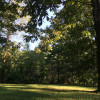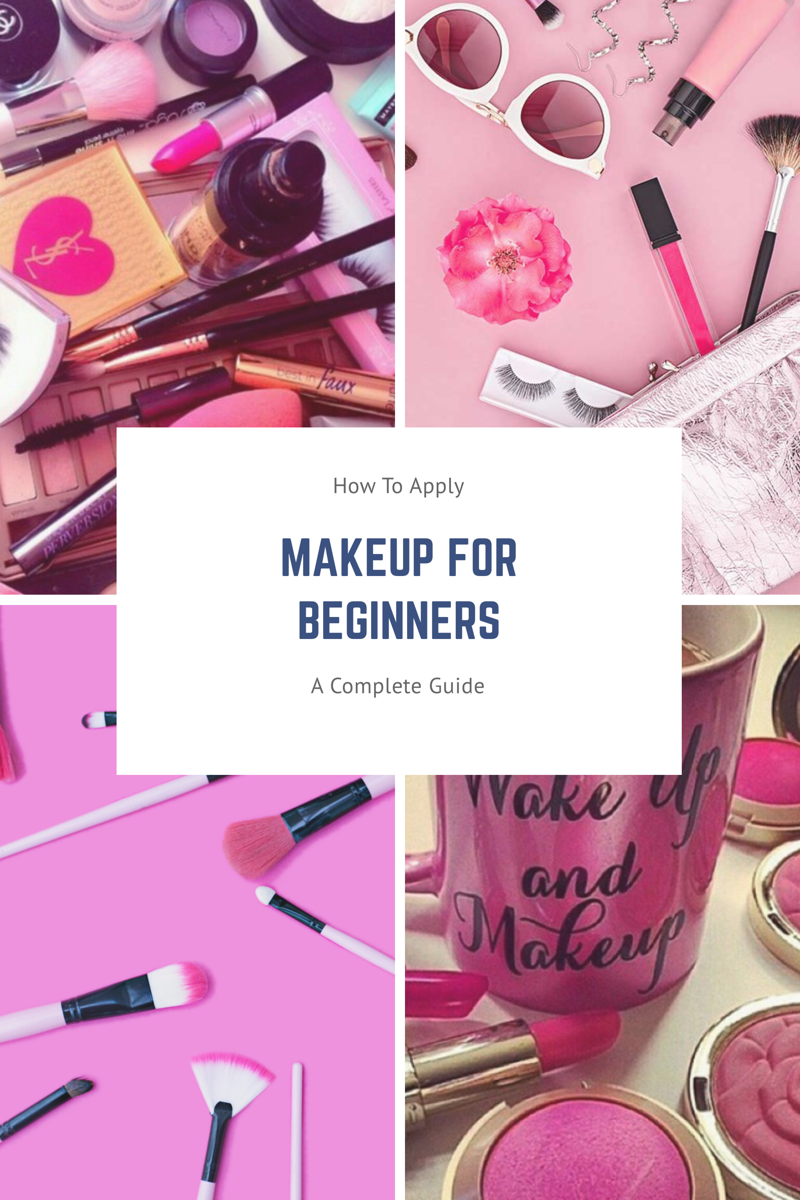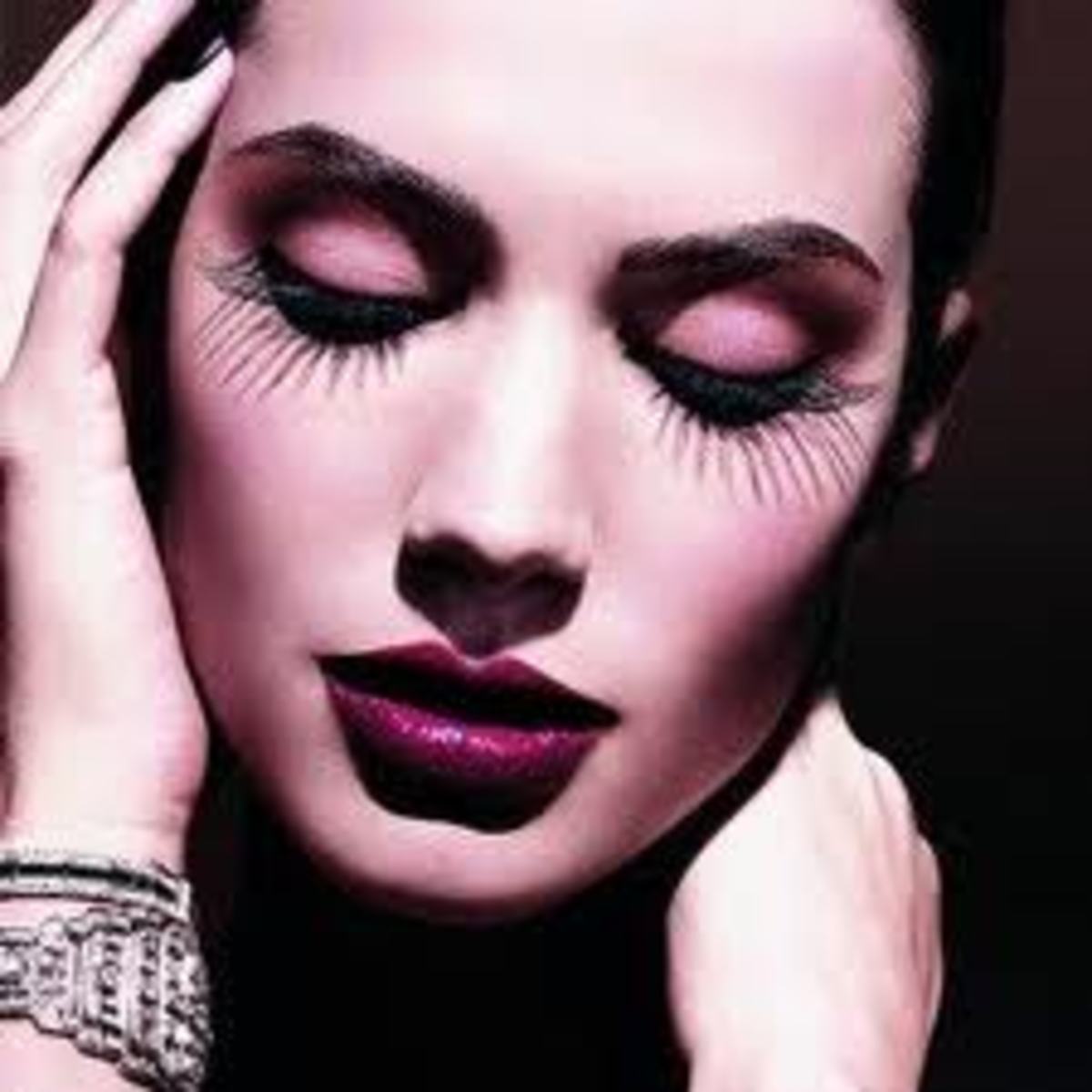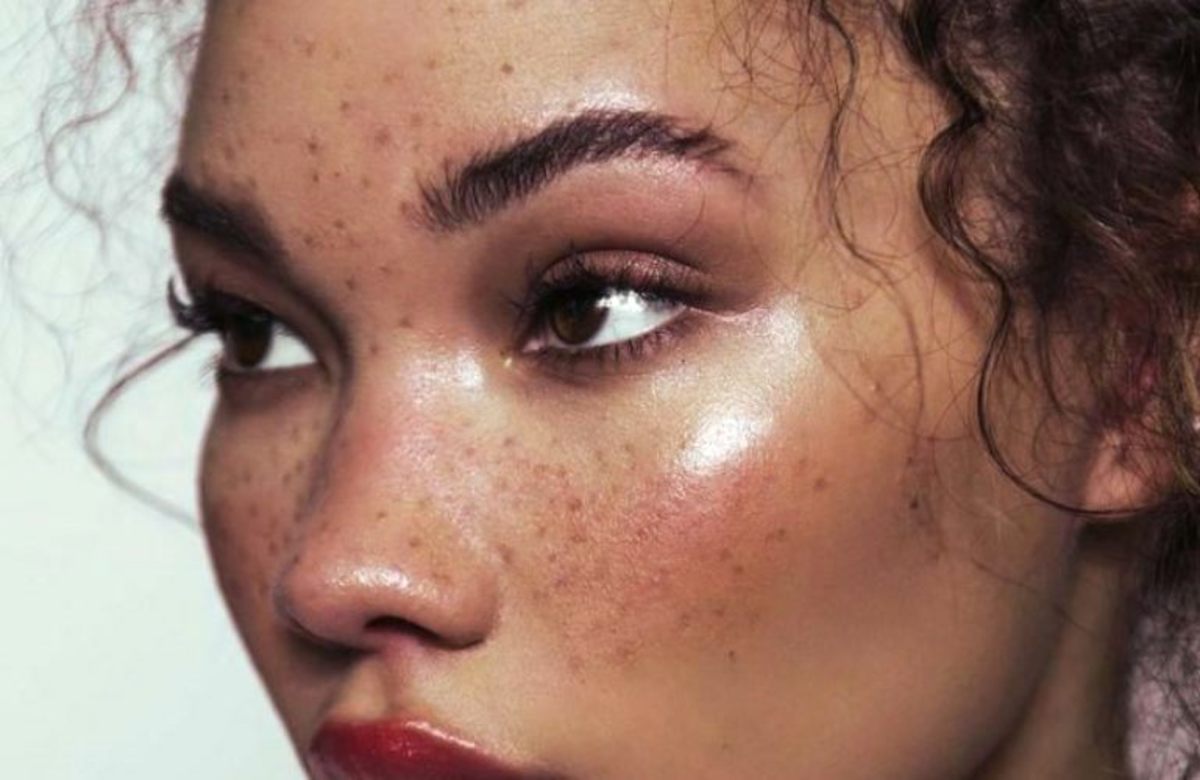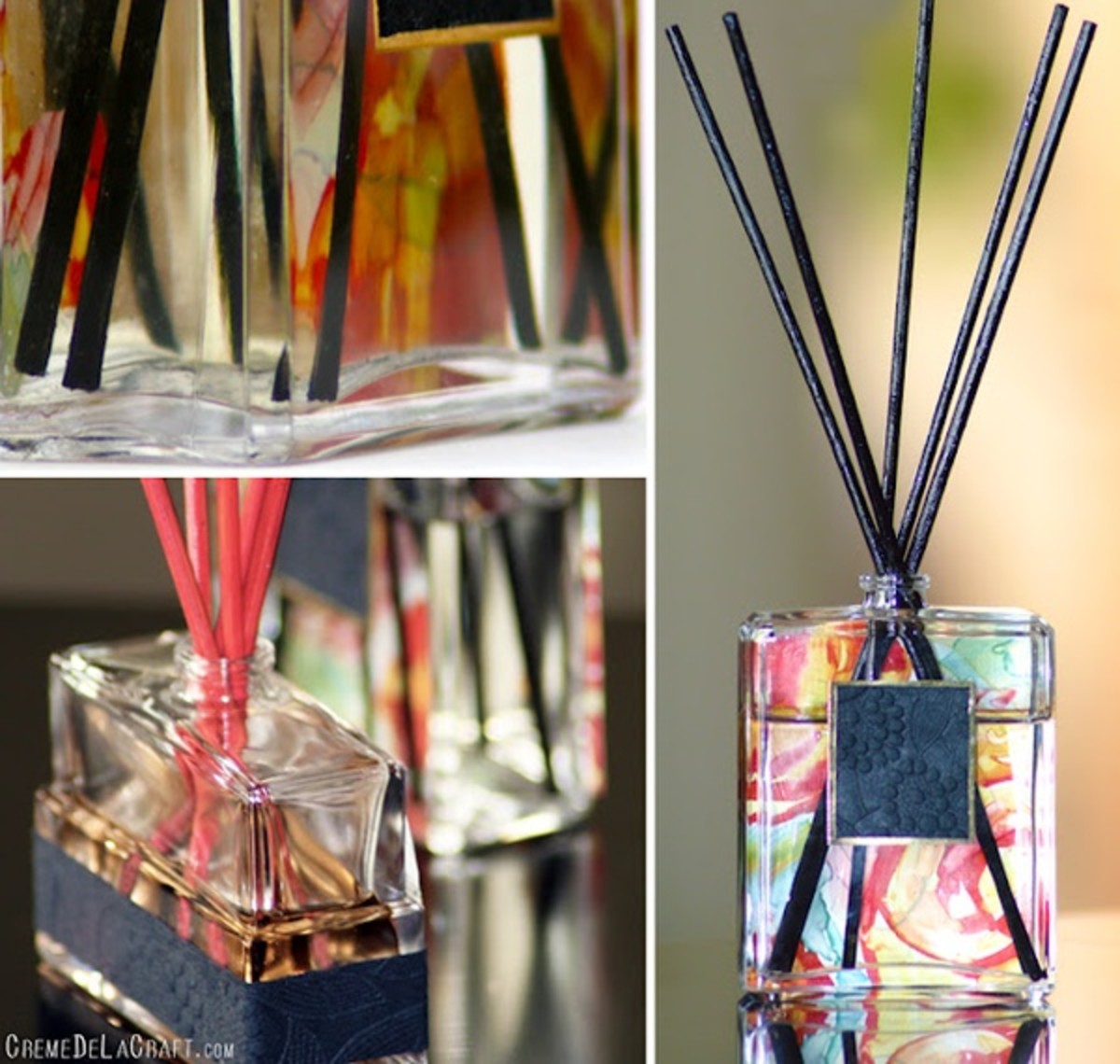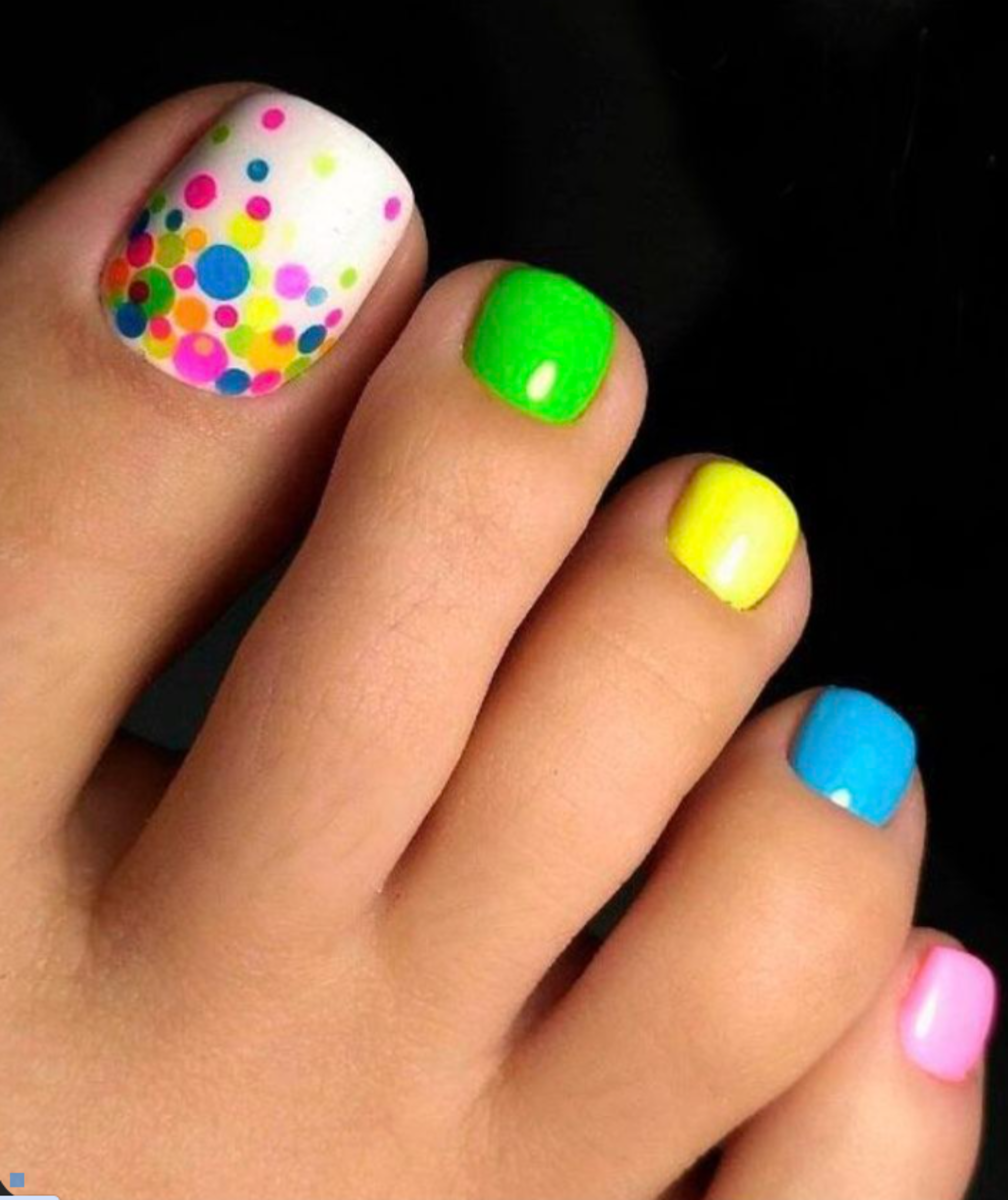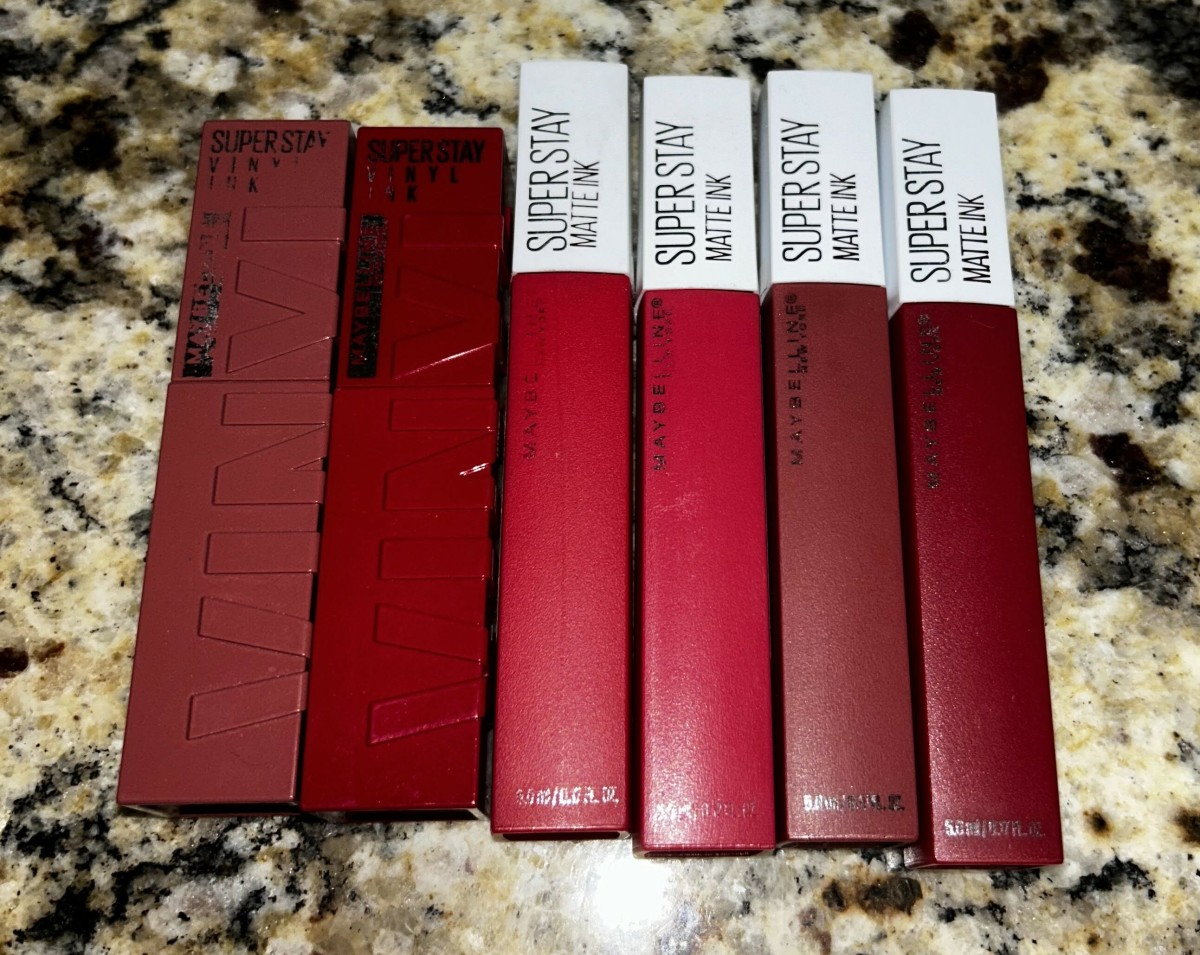Makeup Terminology Explained! Beauty Lingo 101 for Beginners
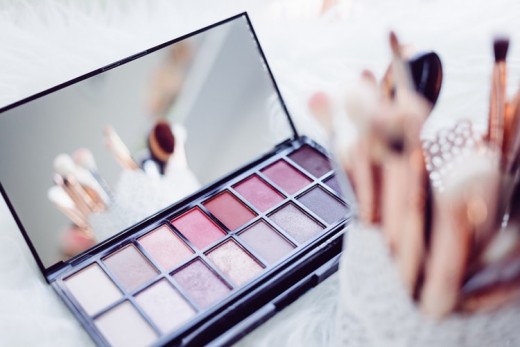
You buy new makeup often, watch beauty videos, and do your best to keep up with your hair and nails but do you still feel like you feel as if the beauty world has left you behind? No wonder you do! With terms like cut-crease, face baking, and tight-lining, it can be hard to keep up and know what these things are, let alone do them. Even though we try to keep up with the trends and all that’s new and old in the beauty we can get lost in the terminology.
I'm going to explain what some of the terms are that you have been hearing about (or haven't heard about.) You will probably even fin you do some of them without knowing there was a name. Read on to expand your beauty glossary and feel more in tune to what the "kids" are talking about in makeup these days.
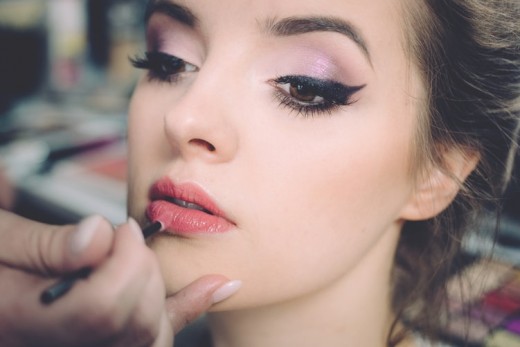
Primer
Primer is basically a velvety-smooth, lotion-like product that does exactly what it says; it primes your skin for makeup! It creates a barrier between your makeup and your skin, which usually results in pores being less visible, prevents makeup from creasing, diminishes patchiness, and makes your makeup look better and last longer. There are primers available for your face and for your eyelids. If your eye shadow tends to crease at some point during the day, you would be a perfect candidate for an eyelid or eye makeup primer. Primer is usually applied after you have washed and moisturized your face, but before you apply your makeup.
"Full-coverage" foundation or concealer
When something is described as "full-coverage" it is exactly what it sounds like. It means that it is going to cover whatever imperfections you have with as little product as possible. It is a heavy-duty product designed for skin that needs extra coverage. If you don't need or want that much coverage, you will want to use something that is sheer or medium to light coverage.
Build-able
In a lot of makeup videos and reviews, you will hear people describe various makeup products, from foundation to eyeshadow, as build-able. This simply means that you can add layers to take the coverage from light to whatever degree you would like. A foundation that is described as light but build-able is good! It means that you can control how much coverage you want so you can have a more sheer finish or build it up to more coverage when needed.
Makeup setting
This can be done with a powder or a spray. Setting makeup with powder has been around for a really long time. Usually it involves using a translucent powder, and more recently, you can use something called a banana powder. You can also use sprays specially designed for helping your makeup look "finished" and last longer.
Warm, cool, & neutral
You may have walked into a store, looked at the foundation and noticed colors called C3, N6, or W1. You may have no idea what that means. The letters stand for warm, cool, and neutral. Have you ever felt like your foundation color was not necessarily too light or too dark, but the actual color just didn’t seem right? You may have gotten your skin tone wrong. If you don’t know whether you’re cool or warm, going neutral is usually a safe bet. However, determining your skin tone is not that difficult. In fact, it's very easy! Do you look better in gold or silver jewelry? It’s not about which metal you like best, it’s about which looks best on you. If gold looks best, you’re warm and if silver looks best, you’re cool.
"Baking" your face
This term has been made popular recently through Instagram, celebrities, and makeup artists but it has actually been around for years! It is believed to have started in the Drag community (and let’s face it, they’re makeup always looks flawless!) You achieve this by first applying foundation and concealer. Next, you apply a thick layer of loose translucent or banana powder under eyes, on forehead, and anywhere you tend to form lines with a makeup sponge, brush, or puff. Let it sit for a couple minutes, then lightly brush off the excess. It is believe that the heat from your skin melts the powder and creates a line-free surface that will last.
Blush, Bronzer & Contour
Blush
Blush has been around for years, and some of us may know it as “rouge.” A lot of us may even remember seeing our mothers, aunts, and grandmothers (I know I do) use a small dab of lipstick to create a flushed effect on the apples of their cheeks. Although blush has been joined by new products,such as, banana powder, bronzer, and contour, it is still strong and as loved as ever! Even though the beautiful women who came before us are well aware if it’s significance, it can be hard if you’re into makeup today to know where blush can fit into an already packed makeup routine. Blush’s purpose is to apply a pop of color to the apples of your cheeks. It can work in perfect harmony with your bronzer and contour and can be applied right at the end for a flush of innocence. I definitely do no feel that the presence of new products have replaced its' significance. In fact, I think it has expanded! It can now be found, not only in powder form, but cream and stick form as well! With the invention of the stick blush, I now know my grandmother was ahead of her time.
Bronzer
Bronzer is kind of "stuck" between blush and contour, in that, i remember when it rose to popularity, but it’s now been around for a while. It is designed to give a safe, sun-kissed glow to the skin. There are many forms from pressed powder, loose powder, stick, cream, to matte and shimmery. I prefer a matte pressed powder as I feel it mimics what would happen in the sun the best. You apply it with a large brush, making a “3” down the sides of your face. It focuses it on the side of the forehead, cheekbones, and under the jawline. You can even carry it down the neck and decollete.
Contour
This is is used to create/enhance bone structure. Usually contour will come with dark and light matte shades that are in a flesh tone. It can also come in cream, stick, and pressed powder forms. You apply a dark color anywhere you want to depress (under jaw, side of forehead, under cheekbones) and apply a lighter color where you want the area to pop (temples, jaw, etc.) Contour usually always comes matte with no shimmer.
Highlighter
A highlighter is usually a shimmery pink, champagne, white, or bronze shade and it’s designed to add a little sparkle to certain areas of the face. Highlight is commonly used at the top of cheekbones, under the brow-bone, above the bow of the upper lip, and/or at the temples to accentuate those areas. A liquid highlighter can also be mixed in with your foundation to create a dewy, luminous foundation. It is meant to be subtle so be careful not over do it.
Shimmer vs Matte
You’ll hear these two terms a lot. The different between them is that a shimmer is, well, shimmery. Anything that is described as being “matte” has no shimmer in it at all. It will be a flat color. You’ll hear this term used to describe eyeshadow, bronzer, lipstick, and even blush.
Fallout
This is a term used to describe when you apply eye shadow and some of the product falls around and under the eye area. Some eye shadows do this worse than others. It's great when an eye shadow doesn't not have a lot of fallout, because it means smoother application and less mess. However, it is usually not a deal breaker for most people if an eye shadow does. One way to beat eye shadow fallout is to apply eye makeup before your foundation and concealer that way you can wipe under the eyes without removing your makeup. Fallout also describes the product dust that is left in the makeup pan or compact after using a brush.
"HG" product
When someone says a product is their "HG" it simply means it is their favorite. "HG" stands for Holy Grail so it used to describe products that are simply the best someone has ever found or used. You will see this often in product reviews and it's important to know because it's a good thing!
Tight line, Waterline, Root Stamping
Tight line
This term is used to to describe when you take an eyeliner and apply it really, really close to the lash line. The illusion that it creates is thicker lashes. It’s really great for a “no makeup” makeup look.
Waterline
This is the area of the eye closest to the eyeball. You can line this area of the eye but it can be tricky because it is so wet from tears. If done correctly, it can really add a lot of drama and definition to the eye.
Root-stamping
Root stamping is something that we have been doing for years, we just now have a name for it. This is when you take the mascara wand and press it into the base of the lashes and draw it up. This is how most of us learned to apply mascara. It creates a thicker look at the base and gets thinner at the tips.
"Hitting Pan"
The term is generally used to describe when you see the bottom of the metal pan that any kind of compact powder (pressed powder, bronzer, blush, or eyeshadow) comes in. However, it is used for even loose powders as well and also means using up what you have in a general sense. There are various Instagram hashtags, such as #projectpan, #panporn, and others that people tag and look at because it is so satisfying when we use a product that we bought and it's satisfying to see others do the same.
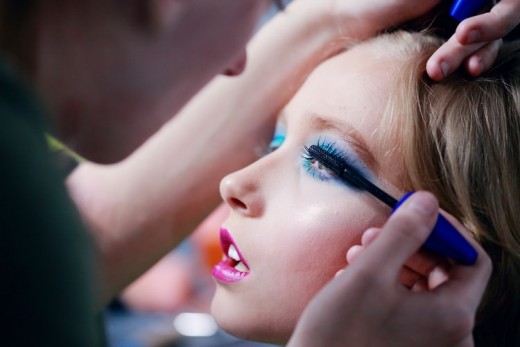
Have I missed any important beauty terms?
Let me know! I would love to make a sequel to this article! There is so much to cover and it's always changing and growing.
Thank you for reading! <3
This content is accurate and true to the best of the author’s knowledge and is not meant to substitute for formal and individualized advice from a qualified professional.
© 2019 Jess B
